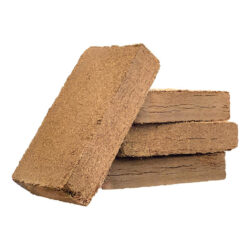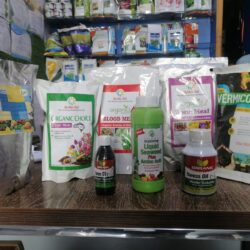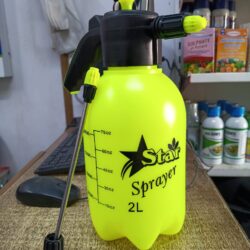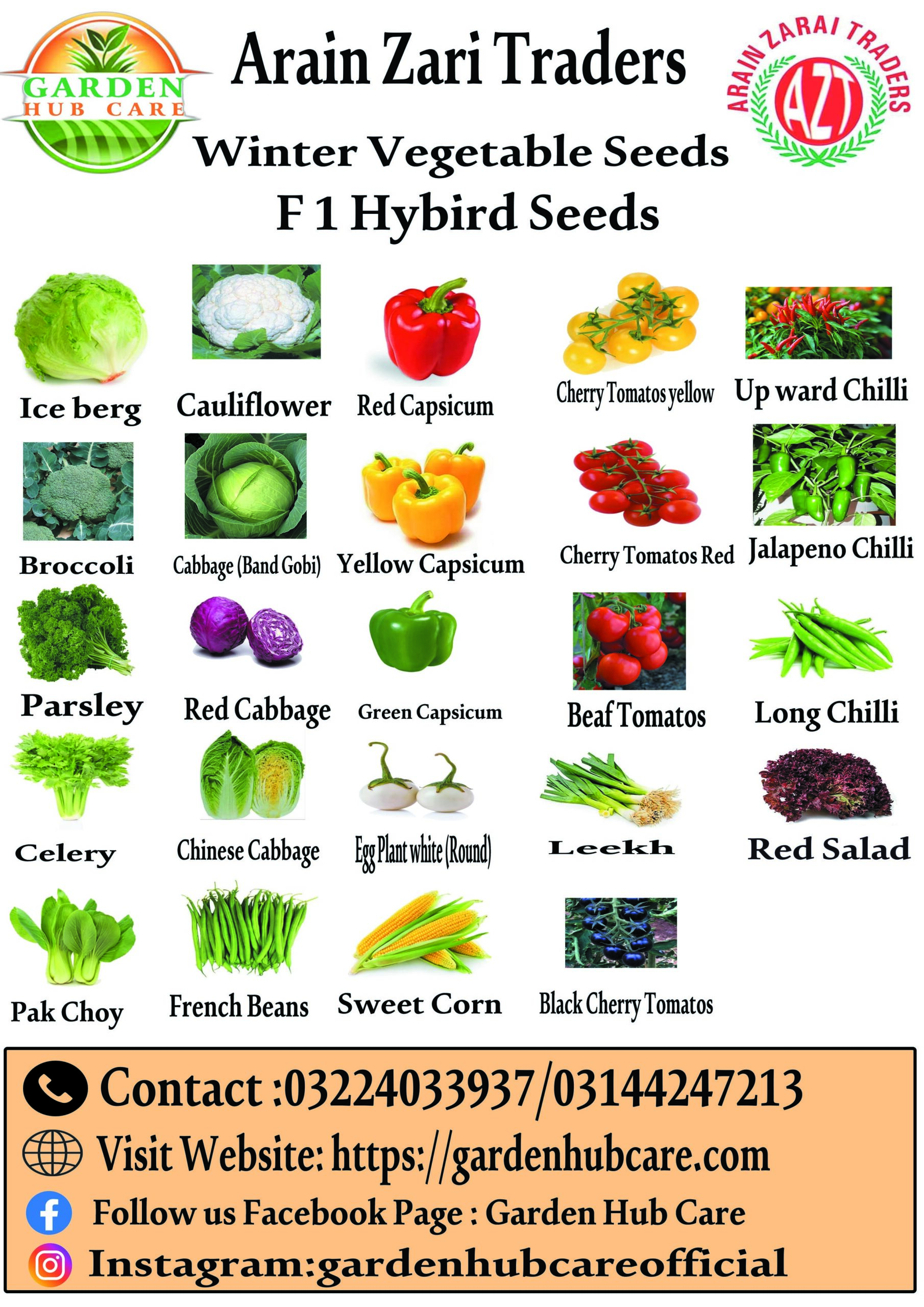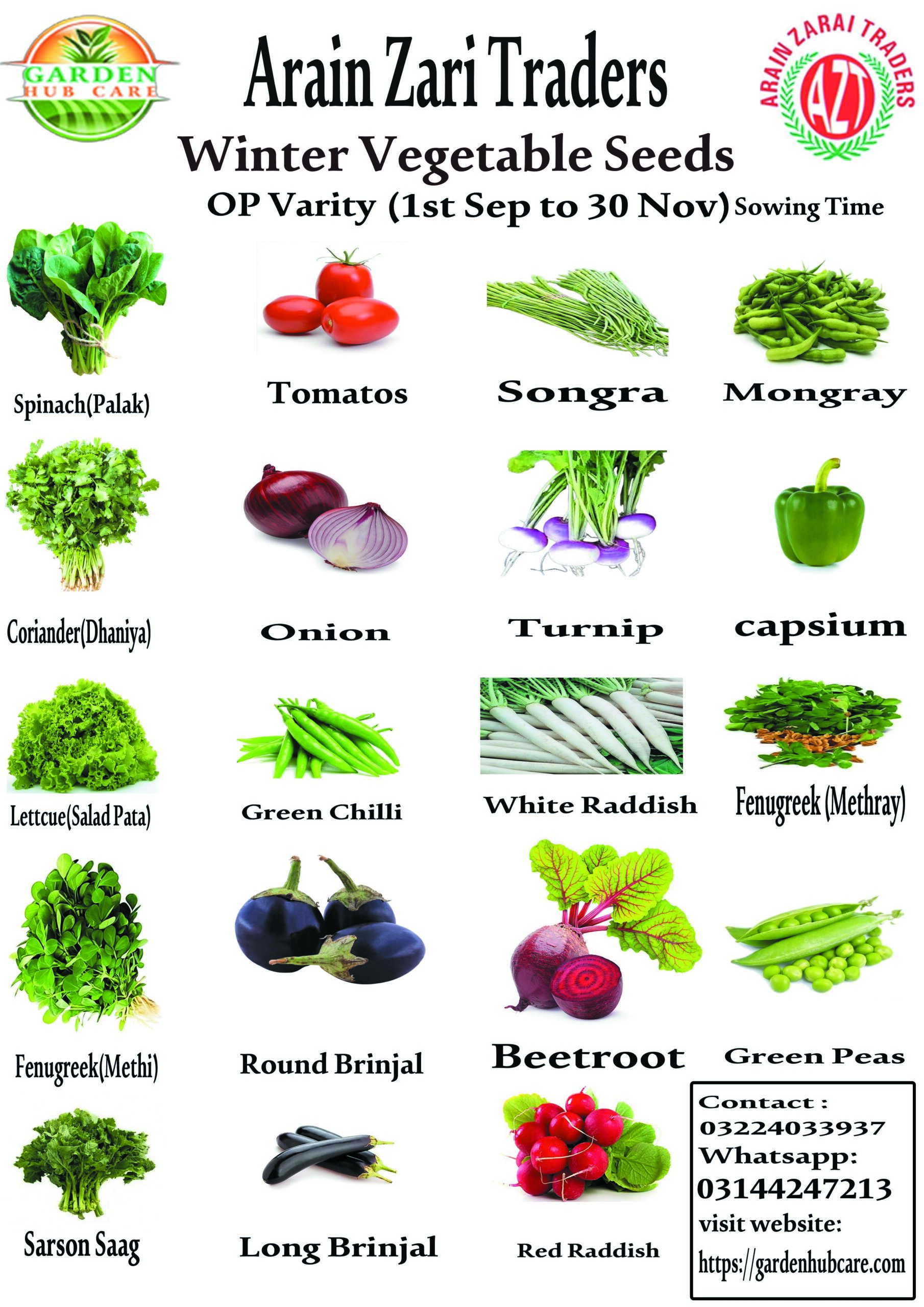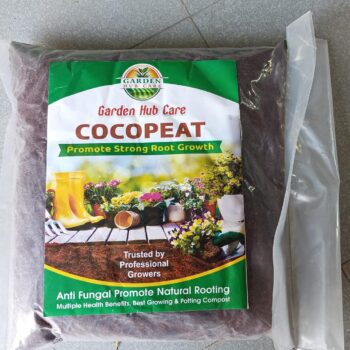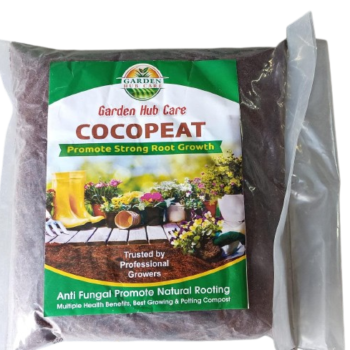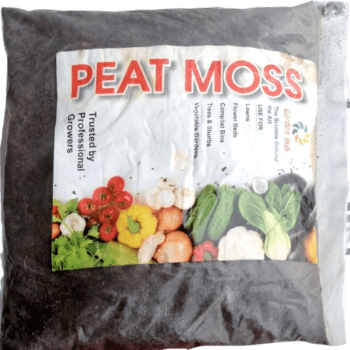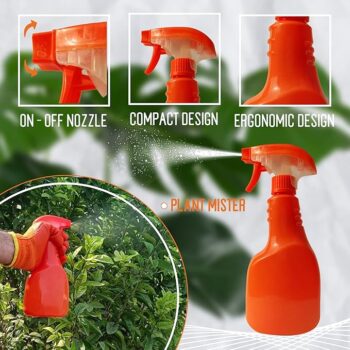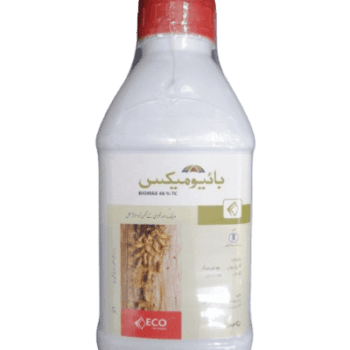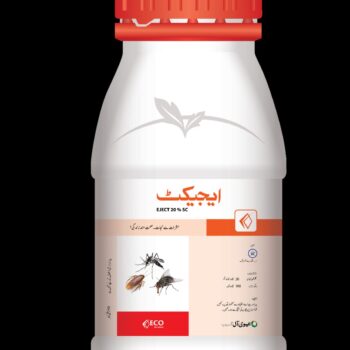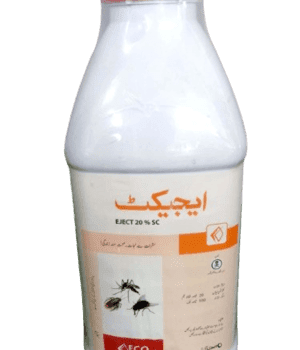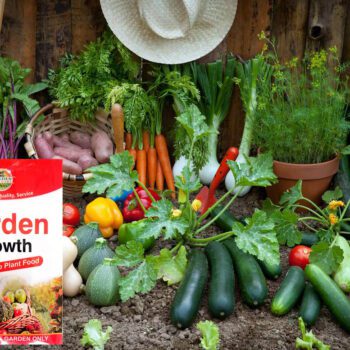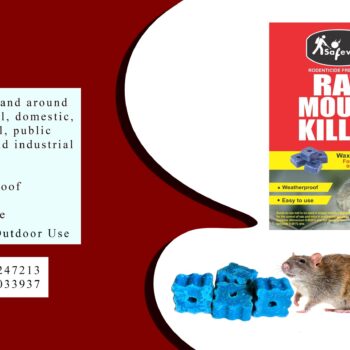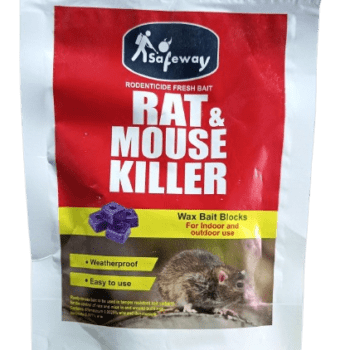Peat moss is a popular organic material used in gardening and plant care. Here’s a brief introduction and some of its benefits for household plants:
Introduction to Peat Moss
Peat moss is harvested from peat bogs, where partially decomposed sphagnum moss accumulates over thousands of years. It’s typically dark brown or black and has a spongy texture. Due to its unique properties, peat moss is often used as a soil amendment, potting mix component, or for seed starting.
Benefits for Household Plants
1.
Moisture Retention: Peat moss can hold several times its weight in water, helping to keep soil moist and reducing the need for frequent watering.
2.
Aeration: Its fibrous structure improves soil aeration, promoting healthy root development by allowing air to reach plant roots.
3. P
H Neutral: Peat moss is generally pH neutral to slightly acidic, making it suitable for a wide range of plants, especially acid-loving ones like azaleas and blueberries.
4.
Nutrient Retention: It helps retain nutrients in the soil, ensuring that plants have access to essential minerals over time.
5.
Lightweight: Peat moss is lightweight, making it easier to handle and transport compared to heavier soil mixes.
6.
Disease Suppression: Its natural properties can help suppress certain soil-borne diseases, promoting healthier plant growth.
7.
Seed Germination: The fine texture of peat moss makes it an excellent medium for starting seeds, providing a nurturing environment for young plants.
Usage Tips:
- Mixing: Combine peat moss with other materials like perlite or vermiculite for improved drainage and aeration.
- Hydration: Before using, it’s helpful to hydrate peat moss, as it can be dry and difficult to moisten when straight from the bag.
- Sustainability: Consider using alternatives like coconut coir, as peat moss harvesting can be environmentally controversial.
Using peat moss effectively can lead to healthier, thriving indoor plants!

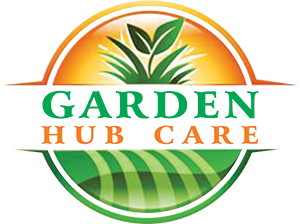
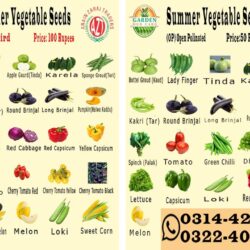 Summer Vegetable Seed
Summer Vegetable Seed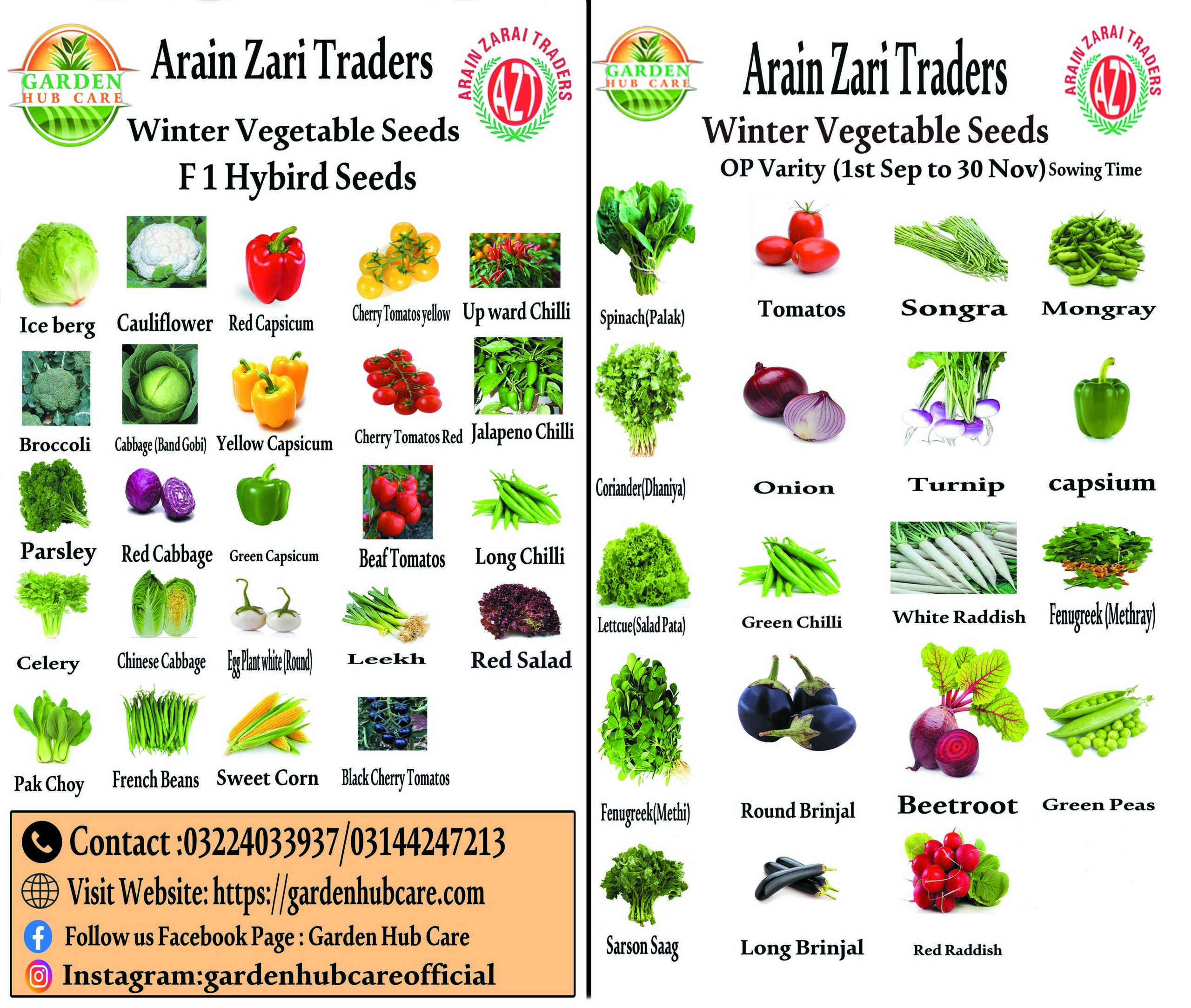 Winter Vegetable Seed
Winter Vegetable Seed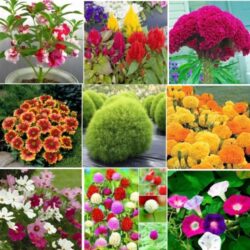 Summer Flower Seed
Summer Flower Seed Winter Flower Seed
Winter Flower Seed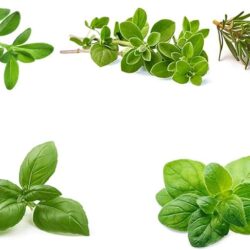

 Desi Garden Tools
Desi Garden Tools Flower Cutter
Flower Cutter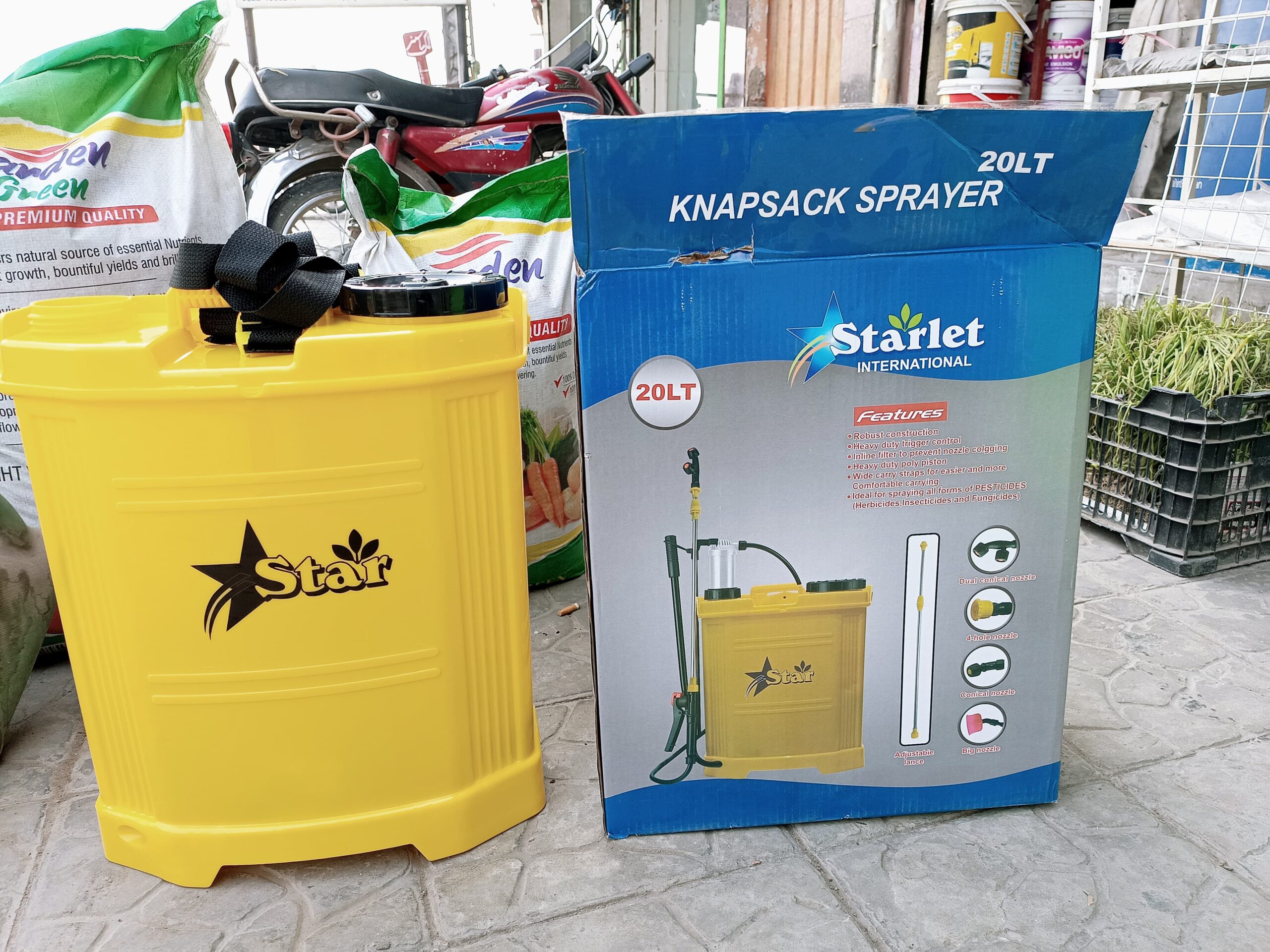 Spray Machine
Spray Machine Sprinkler
Sprinkler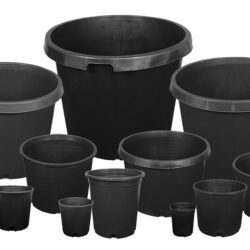
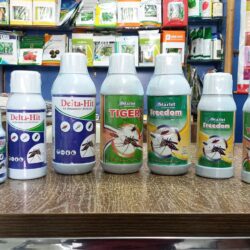
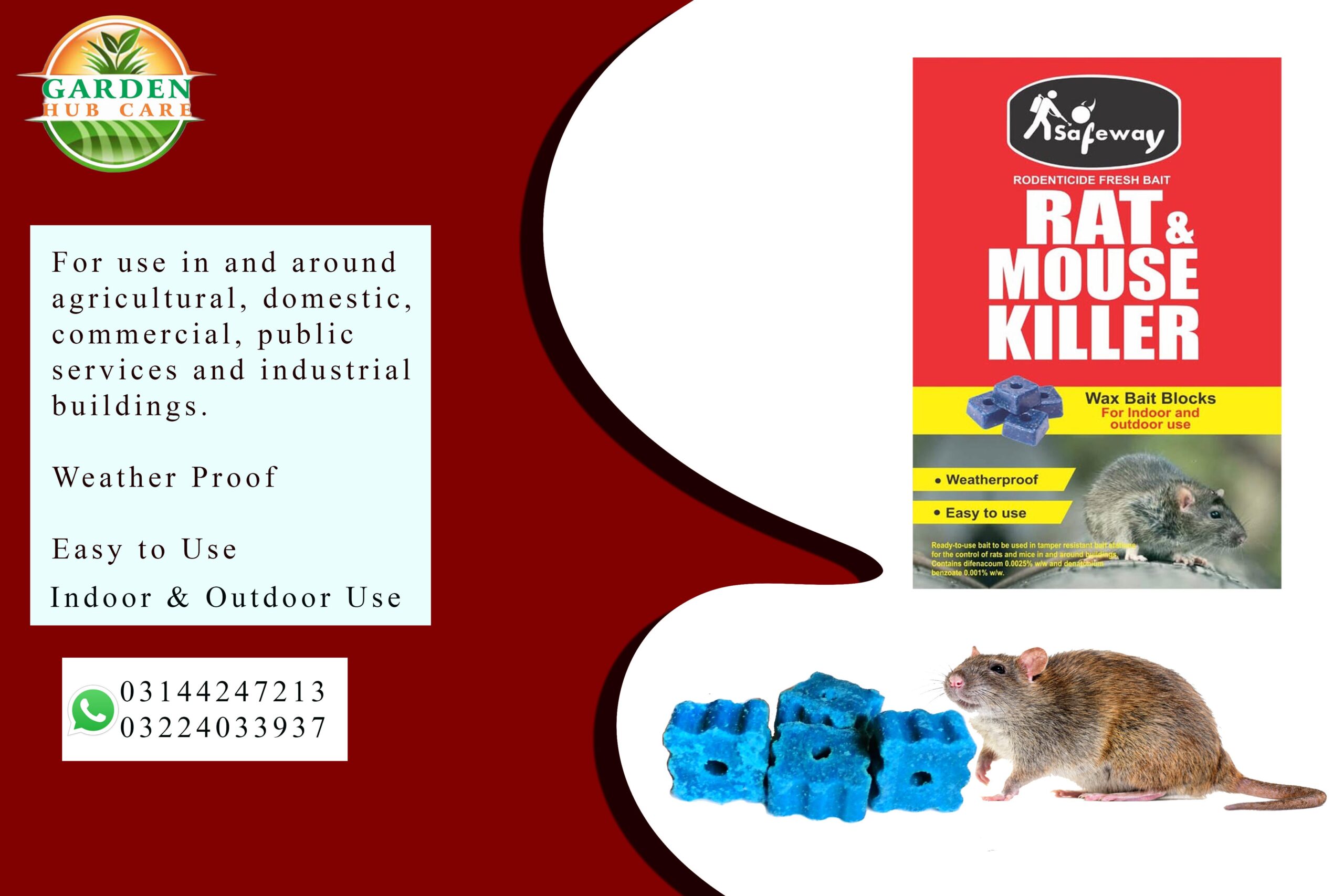 Rodents
Rodents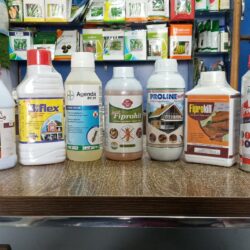 Termite
Termite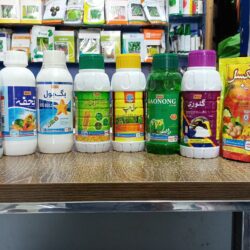
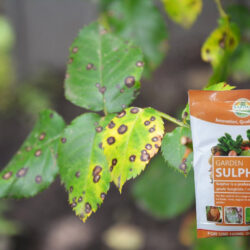 Fungicide
Fungicide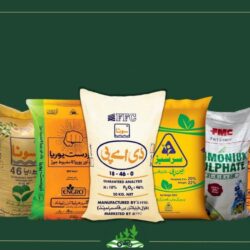 Fertilizers
Fertilizers